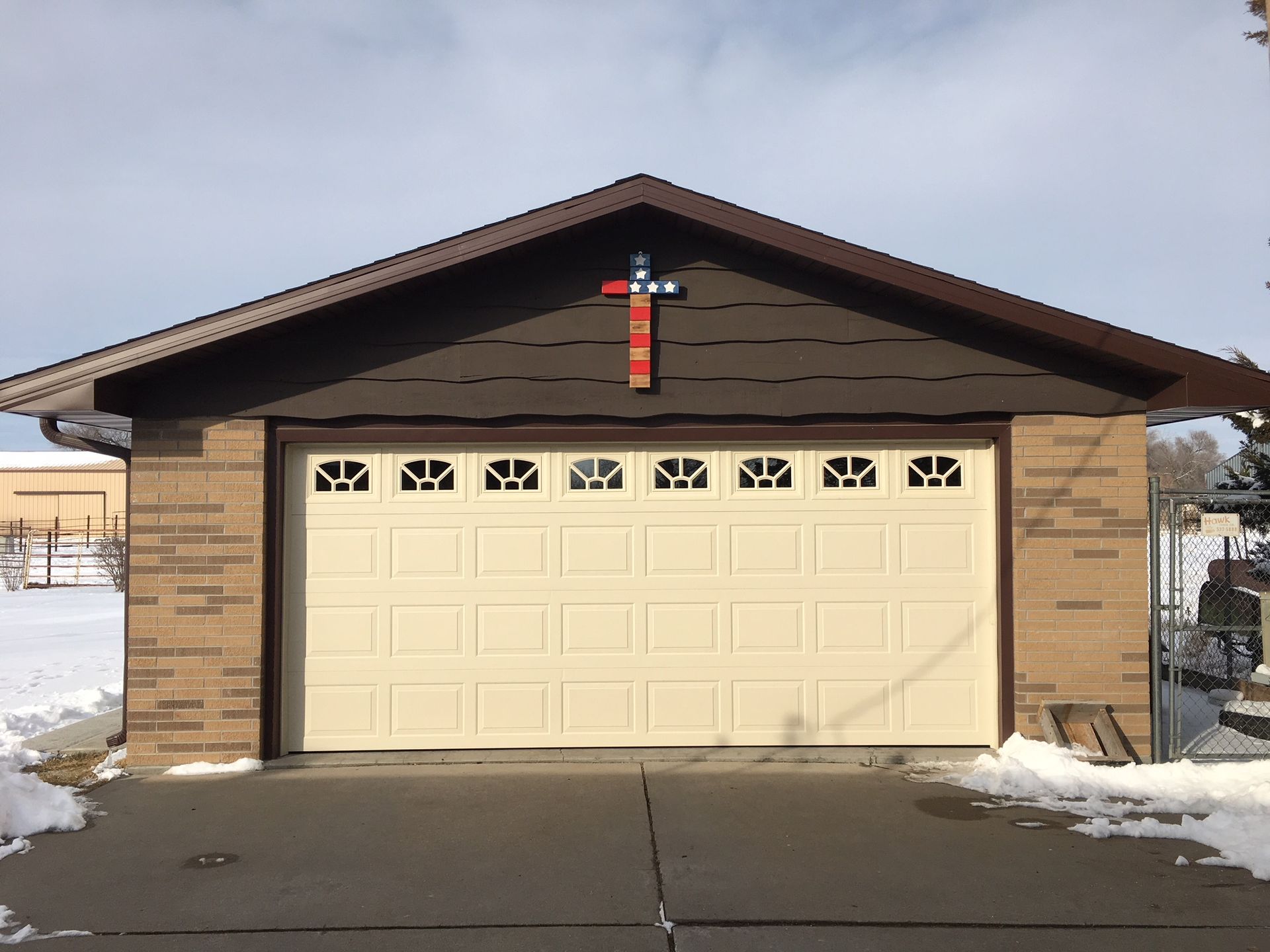Every season brings its own set of challenges for your roof. From the heat of summer to the freeze of winter, understanding how different weather conditions impact your roof can help you prolong its lifespan. Here are some seasonal roofing tips to keep your roof in top condition year-round.

The Weather Effects: Rain, Snow, and Heat on Your Roof
Rain: Continuous rain can cause leaks, mold, and erosion, especially if your roof’s seals are compromised. Standing water may also damage shingles and encourage wood rot.
Snow and Ice: Snow accumulation can put pressure on your roof, causing sagging or even collapse. Ice dams, which form when melting snow refreezes, can also block drainage and lead to leaks.
Summer Heat: Heat can warp, crack, or buckle shingles, and the constant expansion and contraction of roofing materials in hot weather can weaken the roof’s structure over time.
Getting Your Roof Ready for Extreme Weather
To protect your roof from extreme weather conditions, it’s important to:
- Clear gutters: Make sure your gutters are free from debris to avoid water backup during heavy rains or melting snow.
- Inspect shingles: Replace damaged or missing shingles before the weather worsens to avoid leaks and further damage.
- Seal roof cracks: Look for cracks or gaps and seal them to prevent water from seeping into your roof during storms or snowmelt.
- Check insulation: Good insulation not only boosts energy efficiency but also prevents ice dams from forming during the winter months.
Weathercraft’s Recommended Roof Inspections and Maintenance
We recommend getting a professional roof inspection at least twice annually—once in spring and once in fall. Our experts will assess any weather-related damage and provide recommendations for repairs to help your roof withstand extreme weather.